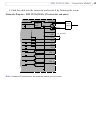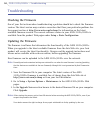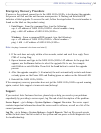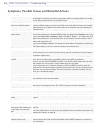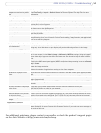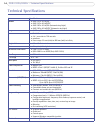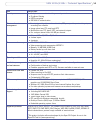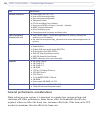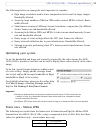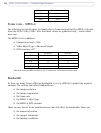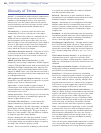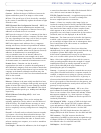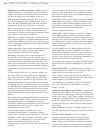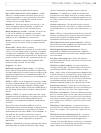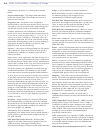
57
AXIS 231D+/232D+ - Technical Specifications
The following factors are among the most important to consider:
• High image resolutions and/or lower compression
levels result in larger images.
Bandwidth affected.
• Access by large numbers of Motion JPEG and/or
unicast MPEG-4 clients. Band-
width affected.
• Simultaneous viewing of different streams (resolution, compression.) by different
clien
ts. Frame rate and bandwidth affected.
• Accessing both Motion JPEG and MPEG-4 video streams
simultaneously. Frame
rate and bandwidth affected.
• Heavy usage of event settings affects the CPU load. Frame rate affected.
• Heavy network utilization due to poor infrastructure. Bandwidth affected.
• Viewing on poorly performing client PC’s lowers perceived performance. Frame
r
ate affected.
Optimizing your system
To see the bandwidth and frame rate currently required by the video stream, the AXIS
231D+/232D+ provides a tool that can be used to display these values directly in the video
image.
To do this, special format strings are added as part
of
a text overlay. Simply add #r (average frame
rate in fps) and/or #b (average bandwidth in Kbps)
bandwidth in Kbps) to the overlay.
For detailed instructions, please see the online help
for Video &
Image > Overlay Settings, and the
help for File Naming & Date/Time Formats.
Important!
• The figures displayed here are the values as delivered by the server. If other restrictions are
currently in force, (e.g. bandwidth limitation) these values might not correspond to those
actually received by the client.
• For Motion JPEG, these values will only be accurate as long as no frame rate limit has been specified.
Frame rates - Motion JPEG
The following test results show the frame rates in frames/second (fps) for Motion JPEG
streams from the AXIS 231D+/232D+, using a compression level of 50%. Note that these
values are guidelines only - actual values may vary.
fps (NTSC/PAL)
4CIF 30/25



